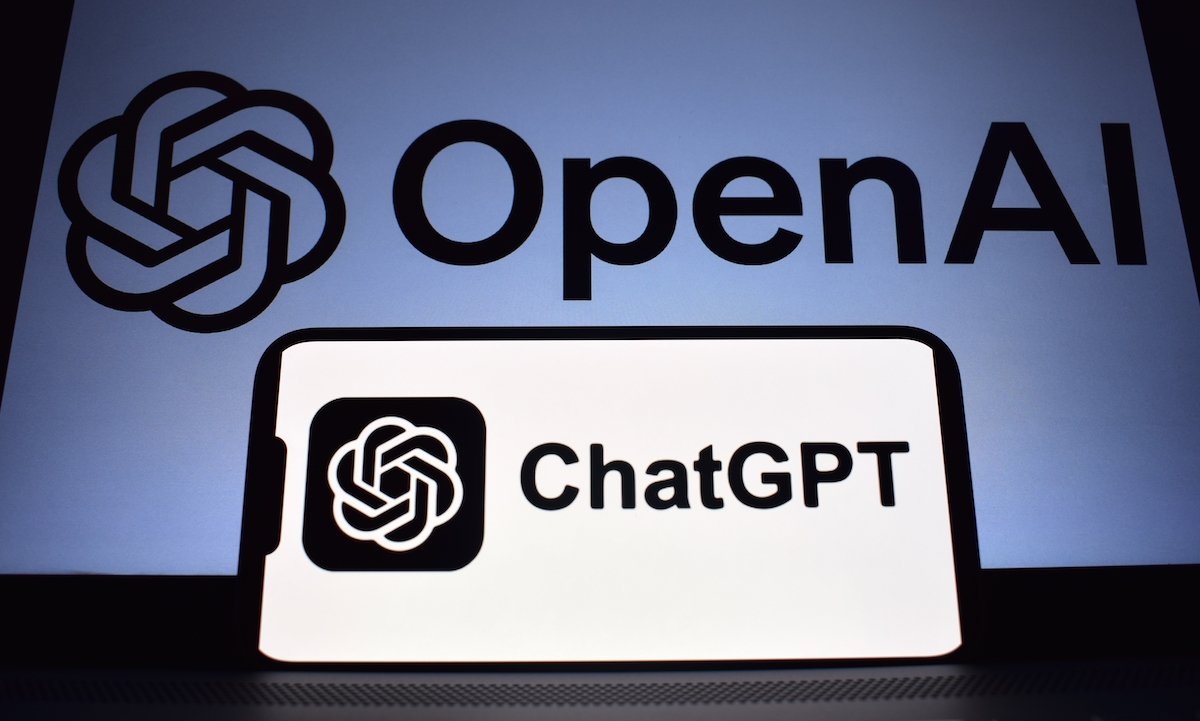“GPT-5 is a major upgrade over GPT-4 and a significant step along our path to AGI,” CEO Sam Altman said Thursday during the company’s livestreamed announcement. “…It is useful, it is smart, it is fast, and it’s intuitive.”
Altman described the evolution of the model as a shift from “talking to a high school student” with GPT-3, to a “college student” with GPT-4, and now to “a legitimate Ph.D.-level expert in anything” with GPT-5.
Altman said the model can write full software applications, offer tailored healthcare information, plan events and help users learn — all with expert-level fluency.
“But it’s not only an assistant now,” Altman said. “GPT-5 can also do stuff for you. It can write an entire computer program from scratch to help you with whatever you’d like. We think this idea of software on demand is going to be one of the defining characteristics of the GPT-5 era.”
Coding is one of the fastest-growing capabilities of generative and agentic AI by enterprises because it can quickly bring ROI. OpenAI tried to acquire coding AI company Windsurf, but Google ended up hiring away its CEO and licensing the technology. Cognition bought Windsurf, eventually.
Also during the livestream, OpenAI unveiled a partnership with Cursor to make GPT-5 the default AI model for its coding tool. Cursor, founded by MIT graduates, developed a coding tool that has gone viral.
The model will come in three versions: GPT-5, GPT-mini and GPT-5 nano. It also merges OpenAI’s GPT series and omni or “o” reasoning models to offer users one unified, all-around capable AI model to use.
“Until now, our users have had to pick between the fast responses of standard GPTs or the slow, more thoughtful responses from our reasoning models,” OpenAI Chief Research Officer Mark Chen said during the livestream. “GPT-5 eliminates this choice. It aims to think just the perfect amount to give you the perfect answer.”
New features from GPT-5, which powers ChatGPT, include the following:
- Creates visual demos from prompts
- Writes “significantly” better, per OpenAI’s Christina Kaplan
- Customizes voice to fit an individual’s needs
- Translates
- Has a “study and learn” mode, per OpenAI’s Ruochen Wang
- Changes colors of the chats
- Changes ChatGPT’s personality
- Accesses Gmail and Google Calendar (starting next week)
- Less deceptive
- Hallucinates less
Read also: AWS Offers OpenAI’s Models on Its Platform for the First Time
Using Synthetic Data to Train GPT-5
Arvind Jain, founder and CEO of AI startup Glean, said OpenAI has given his company early access to GPT-5.
“GPT-5 as a language model shows continued progress in making AI more useful for real work,” Jain told PYMNTS. “What’s notable is that reasoning over data, not just planning, is what drives the model’s accuracy.”
For enterprises, a smart AI assistant isn’t enough.
“Models need to adapt to both real-world and enterprise context to help people move faster and make better, more complex decisions,” Jain said. “The model is one part of the equation. The context and how well it’s applied and integrated into agentic workflows is what delivers the real impact.”
OpenAI said GPT-5 sets new records across a range of industry benchmarks. It surpassed previous models and human experts on the multimodal MMMU test and scored high on mathematical reasoning via the 2025 American Mathematics Invitational (AMI).
On SWE-bench, a software engineering benchmark, and Aider Polyglot, which evaluates performance across multiple programming languages, GPT-5 also outperformed competitors. The model demonstrated strong performance in health-related tasks as well, which OpenAI said is a critical use case for real-world users.
GPT-5 expands memory capabilities, which now include context from past conversations and emails, enabling more personalized assistance.
OpenAI researchers said the model was trained using synthetic data generated by its o3 model. While other companies have used synthetic data to create training datasets on the cheap, OpenAI said during the livestream that its own creates the “right kind of data shaped in a way to teach rather than just to fill space.”
On the safety front, OpenAI introduced “safe completions,” which provide nuanced responses to potentially sensitive prompts rather than blanket refusals. Instead of judging the user’s prompt, GPT-5 tries to maximize helpfulness within safety constraints.
In President Donald Trump’s “America’s AI Action Plan,” foundation AI models like GPT-5 must be free of “ideological bias” or face consequences. Chatbots refusing to answer certain questions may be interpreted as being woke.
OpenAI said it will continue refining GPT-5 with feedback from developers and users and encouraged businesses to begin integrating the model into their workflows immediately.
“This is an incredible superpower on demand,” Altman said during the livestream.
“We cannot wait for you all to start building with this,” he added.
GPT-5 is available now for Free, Plus and Team users, with enterprise and education access launching next week. Free-tier users will begin with GPT-5 before shifting to GPT-5 mini, a lighter-weight model that outperforms GPT-3.5. Pro subscribers will receive unlimited GPT-5 usage, including an “extended thinking” mode for deeper queries.
For all PYMNTS AI coverage, subscribe to the daily AI Newsletter.
Read more:
OpenAI Targets $500 Billion Valuation in Share Sale
OpenAI Takes on Rivals Meta, DeepSeek With 2 New Models
OpenAI Adds 200 Million Weekly Users in 4 Months











































